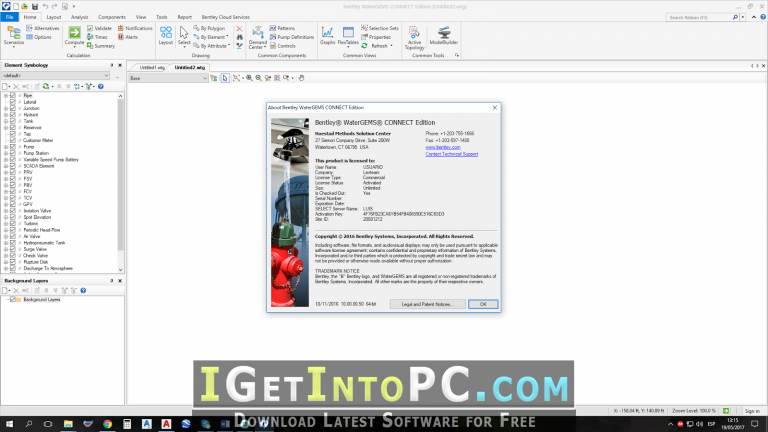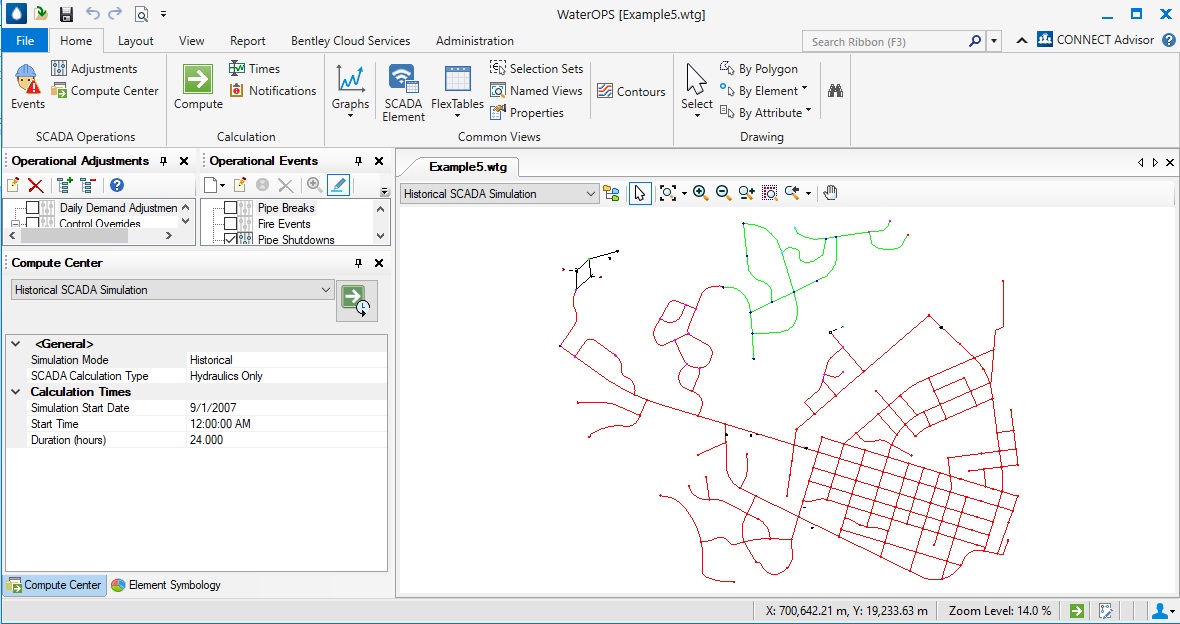


Using easy editing tools to resolve drawing imperfections and errors.Running predefined network queries to identify problems with connectivity, duplicate elements, among others.Assigning demands quickly and accurately with LoadBuilder.Automatically assigning element elevations using digital elevation data with TRex.Synchronizing with the latest data from GIS, spreadsheets, and other databases with ModelBuilder.Importing legacy hydraulic model data or CAD drawings.Discover capabilities in OpenFlows WaterGEMS that can help you streamline the model-building process-so you can get the full benefit from your existing data. Utilities make significant investments in GIS and other databases to keep track of system data. Presenter: Angela Suarez, Product Success Consultant

Review the necessary input for a PDD analysis, graph and compare scenarios with and without PDD, and realize the benefits of PDD for intermittent supply systems.Build and Update a Water System Hydraulic Model Learn about the new Pressure-Dependent Demands (PDD) feature. Leverage your geospatial data sets to automatically allocate demands and assign elevations, saving time and avoiding unnecessary data entry errors. Watch how easy it is to use the new stand-alone LoadBuilder, TRex, and Thiessen Polygon Creator modules. Customize your work environment with dockable dialogs, enjoy extended background image support, powerful thematic mapping features, bidirectional copy/paste from external applications, and much more. For example, GIS users can now exercise total control over engineering units directly within ArcGIS’s attribute tables, using the same FlexTables technology they can find in the other included platforms.ĭiscover a fresh, more responsive and functional stand-alone interface. WaterGEMS extends every piece of functionality across all the included CAD, GIS, and stand-alone platforms.


 0 kommentar(er)
0 kommentar(er)
